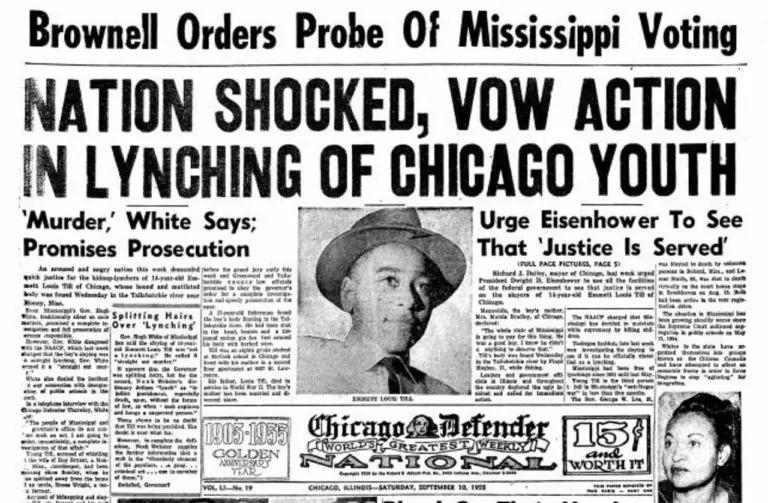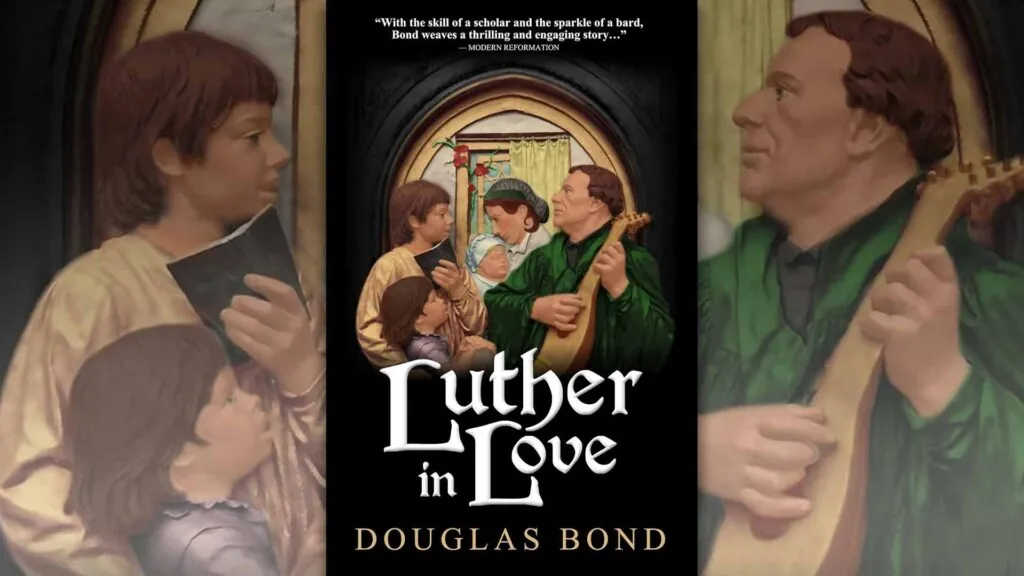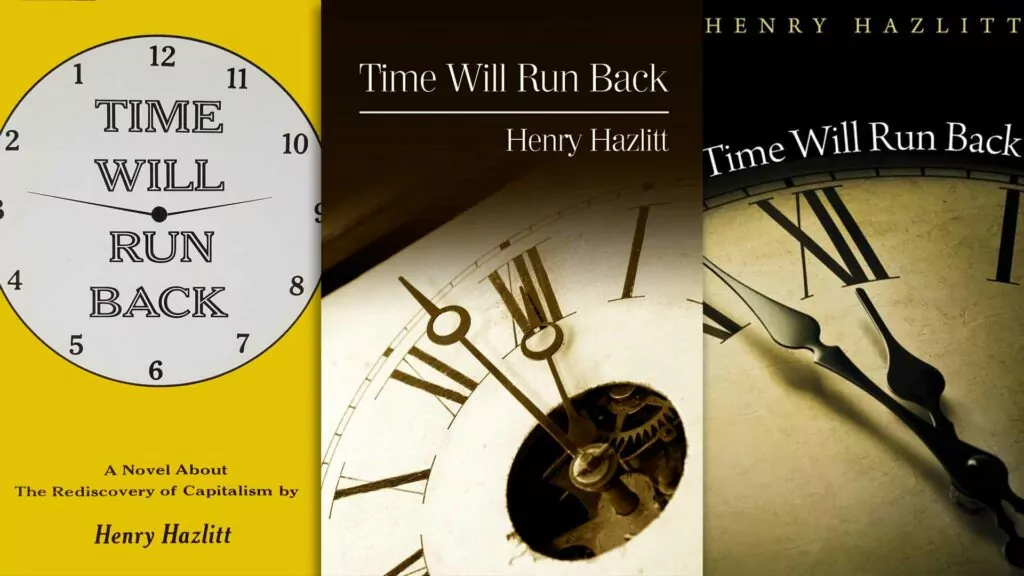Pictures have a power that words simply cannot match. That became evident in the tragic death of Emmett Louis Till, a 14-year-old Chicago teen who was brutally murdered in Mississippi in 1955. Till was in the Mississippi town of Money visiting his uncle. Out with friends one afternoon, he did the same dumb thing many teenage boys will do; he whistled at a pretty girl. The problem was Till was black, and the woman he whistled at, Carolyn Bryant, was white.
Foolish for the fifties
While in any time period it’s crude to wolf whistle when an attractive woman goes by, in 1955 it was just plain crazy for a young black teen to whistle at a pretty white woman. No one seems quite sure why Till did it. Mississippi was a difficult place to be black, and Carolyn Bryant’s husband and brother-in-law were livid when they heard what Till had done. According to a cousin, “They said they were just going to whip him.”
Sadly, Till soon encountered the vicious realities of racism in 1955. He was kidnapped from his bed at his uncle’s house on August 28, beaten, and shot in the head. His body was then tied to a heavy metal fan with barbed wire and thrown into the nearby Tallahatchie River. Some fishermen found his battered corpse in the river three days later.
The husband and brother-in-law were tried for the murder but acquitted. In a 1956 interview with Look magazine, the two admitted to the murders. Though they had confessed, no further legal action was taken against the men since under American law you cannot be tried twice for the same crime.
To anyone who knows about the American South in the ‘40s and ‘50s, this story is hardly surprising. It seems that there are many stories of blacks who were lynched, driven out of town, or otherwise put out of the way. The whites accused of the crime, generally speaking, received little or no punishment. The story of Emmett Louis Till is neither unusual nor surprising.
Open casket
One thing about the story is different. Till’s mother held the teen’s funeral in Chicago, and it was an open casket funeral. No mortician, no funeral director, no matter how skilled, can fully hide the effects of being beaten, shot in the head, and left in the river for days.
Reporters were present at the funeral and took pictures. The stomach-churning photos were duly published in Chicago, and picked up by papers around the world. Though anyone living in 1955 who was familiar with the American South would have heard of stories of the brutal murder of blacks, few would have seen the pictures. It is easy to ignore it when someone writes about the suffering of people in a distant county or state. It is much harder to ignore it – to let it just go away – when you see pictures of one of the victims. When you can see the bruises from the beating, the wounds where the bullet would have entered and exited the head, and marks that the barbed wire would have left around Till’s neck, then violence against blacks becomes very, very hard to forget.
The start of something big
The murder of Emmett Louis Till is credited by many with waking up Americans to the extent of the problem of racism. According to U.S. Assistant Attorney General Alexander Acosta, Till’s death “stands at the crossroads of the American civil rights movement.”
On December 1, 1955, only three months after Till’s body was found, Rosa Parks refused to give up her bus seat to a white man and was thrown off the bus. This triggered the Montgomery bus boycott, and because they couldn’t ignore the problem any longer there were whites willing to support the fight for equal treatment of blacks.
When Martin Luther King went from playing a support role in the bus boycott, to leading a nation wide movement for racial equality, there were whites working with blacks to change their nation. The problem could no longer be ignored.
The murder of young Emmett Louis Till was not at all unusual for the time. Newspapers had run countless stories with thousands of words detailing the treatment of blacks. The murder of one more teenage black was not at all surprising. What was surprising were the pictures of his battered body. They were gut-wrenching photos that could not be forgotten or ignored. They had an impact that mere words simply could not.
Sometime a picture really is worth a thousand words.
We haven’t shared the graphic pictures of Emmett Till because we understand it is quite possible younger children may be viewing this over their parents’ shoulders. Instead we’ve included a link to one of the photos, as it was placed in the Chicago Defender, here. This article first appeared in the June 2004 edition of Reformed Perspective.











